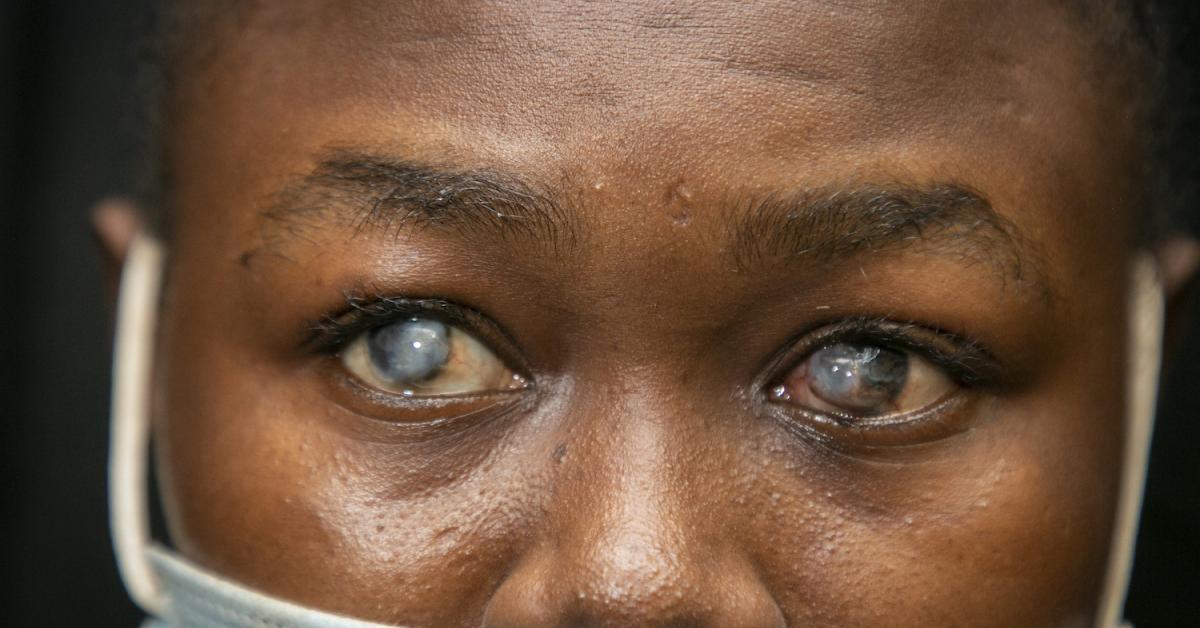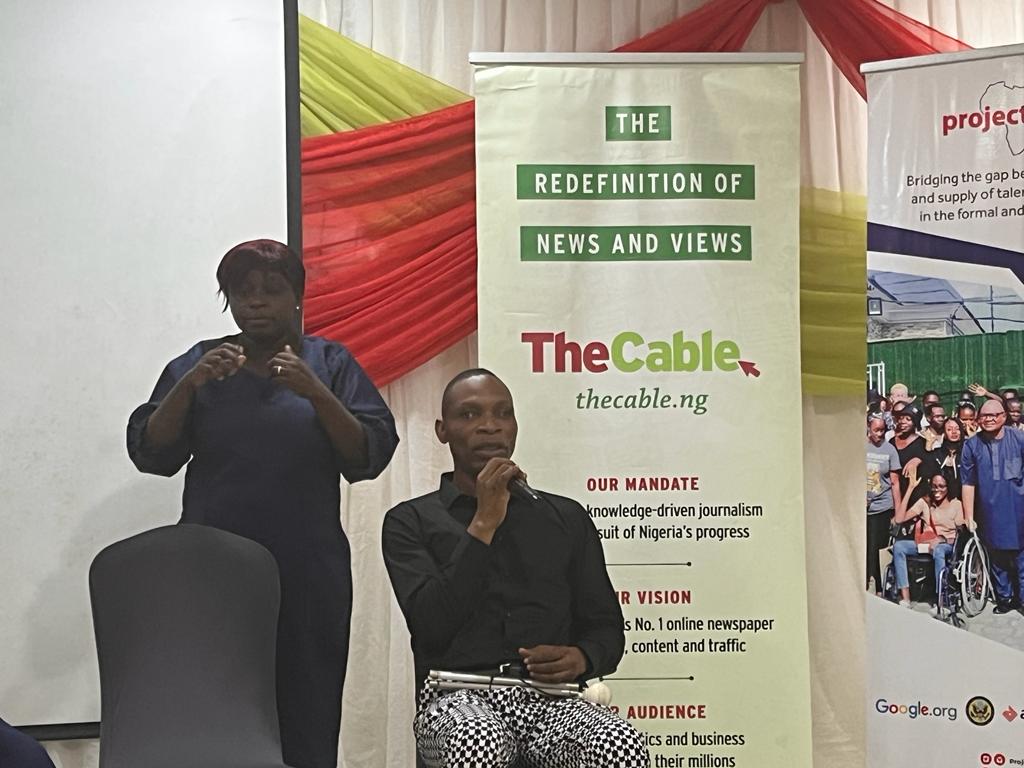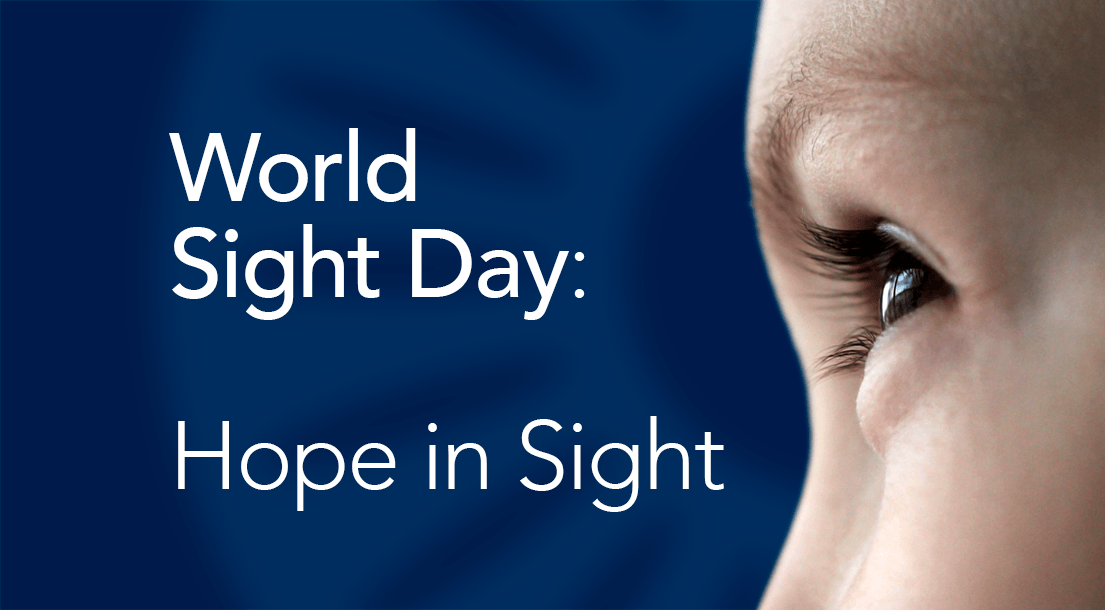Blindness Prevention Programme: Article on Major Causes of Blindness
by admin on | 2024-03-07 14:55:37
Share: Facebook | Twitter | Whatsapp | Linkedin Visits: 318

MAJOR CAUSES OF BLINDNESS IN NIGERIA
Blindness does
not only mean complete loss of sight but also includes those who cannot see
properly from a distance of 3 meters and therefore cannot manage their
day-to-day activities on their own. Sight preservation is therefore the
responsibility of everyone in the community and requires a committed effort
from the sighted, the visually impaired and the blind. Blindness has many
causes just as it could be reversible or irreversible. Globally, 39 million
people are blind from various causes and this number is made up mostly of
people living in developing countries. The major causes of blindness in Nigeria
are Cataract, Glaucoma, Trachoma, cornea opacity, and uncorrected refractive
errors. Most of the blindness resulting from these causes can be prevented if
detected early. This writes up will look at some aspects of one of the causes
of blindness in Nigeria.
In Nigeria, more
than one Million (1,000,000) persons are blind and half of this number live in
the North East and North West. One of the major causes of blindness is
Glaucoma. Glaucoma is actually a syndrome of many diseases, which leads to
irreversible form of blindness. It is a common fact that Glaucoma, often times
does not have any symptom and so the patient has no knowledge that he or she
has the disease. This allows the disease to progress for a long time unattended
to until it gets to the point where blindness ensues and nothing can be done to
reverse the condition. This accounts for the reason why Glaucoma is called the
“Silent thief of sightâ€.
The cause of
glaucoma is not clearly understood or known, but it is generally attributed to
an increase in the Intra-ocular Pressure amongst other factors. The
intra-ocular pressure (IOP) is the pressure within the eye that keeps the eye
in shape and helps to maintain the structure of the globe, and the pressure has
a range that is considered normal. Any increase above the range can cause a
build up of pressure. The IOP is maintained by the balanced production and
drainage of aqueous humour in the eye. If the production outweighs the drainage,
then pressure can build up which will eventually lead to a damage of the nerve
bundles that transmit information from the eyes to the brain. If there are not
enough nerve cells to transmit information to the brain, blindness will be the
outcome.
Because
glaucoma has no symptoms, it is only a visit to the Doctor that can determine
whether a person has glaucoma or not. During the visit, the doctor can look out
for some signs to assess if there is Glaucoma and confirm the type of glaucoma
present. In the management of glaucoma, the type and the duration of the
disease will determine the management option to adopt.
However,
treatment for glaucoma does not reverse the damage that already exists but it
is only meant to mitigate further damage to the eye in question. It is also
important to point out that glaucoma usually begins in one eye and can progress
to the second eye after a while. The treatment for glaucoma is with the use of
drugs that help to either reduce or slow down the production of aqueous humour
or speed up the drainage of the aqueous humour. This will help to ensure that
the pressure is maintained at equilibrium. If, however, the use of drugs does
not achieve the desired pressure, then surgery can be initiated. There is a
school of thought in the management of glaucoma that posits that surgery should
be initiated once glaucoma is confirmed but this is not the general trend as
surgery is usually a last resort when other means of treatment have failed. The
use of drugs for the management of glaucoma requires that the patient pays
regular visits to the doctor for monitoring of the IOP and assessment of other
parameters. Early detection of glaucoma can help to prevent vision loss.
Making
diagnosis for glaucoma by Doctor (Optometrist or Ophthalmologist) requires that
he accesses the IOP, the Optic disc head and visual fields properly so as to
determine the status of the disease which will ultimately help the Doctor to
institute a management plan. However, it is important to stress that Glaucoma
has a tendency to run on the family, which therefore makes it imperative that
every member of the family (especially those who are 35 years old and above)
where a diagnosis of glaucoma has been made visits the doctor for a routine eye
examination.
The danger
posed by glaucoma is so severe that the World Health Organisation has dedicated
one week in March of every year to draw attention to Glaucoma. Let’s all play
our part to kick out glaucoma from our world. Visit your Eye Doctor Today for a
comprehensive eye check.
Lion (Dr) Ozy
Okonokhua
Optometrist and
District Committee Chairperson
Sight awareness
and Preservation
Lions District 404A2 Nigeria.
Search
Recent News
-
 2020 International White cane day; NAB Advocates for an accessible and Safe Nigeria for the blind.
2020 International White cane day; NAB Advocates for an accessible and Safe Nigeria for the blind.
-
 About Us Nugeria Association of the Blind (NAB)
About Us Nugeria Association of the Blind (NAB)
-
 Breaking the Barriers of Blindness: The Technology Approach: A Case Study of Nigeria by Opeolu Akinola
Breaking the Barriers of Blindness: The Technology Approach: A Case Study of Nigeria by Opeolu Akinola
-
 NAB 2017 Strategic Plan
NAB 2017 Strategic Plan
-
 Blindness Prevention Programme: Article on Major Causes of Blindness
Blindness Prevention Programme: Article on Major Causes of Blindness
-
 World Sight Day 2020
World Sight Day 2020
-
World Braille Day Celebration